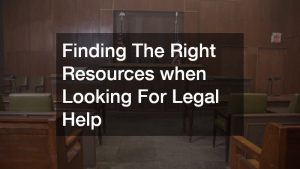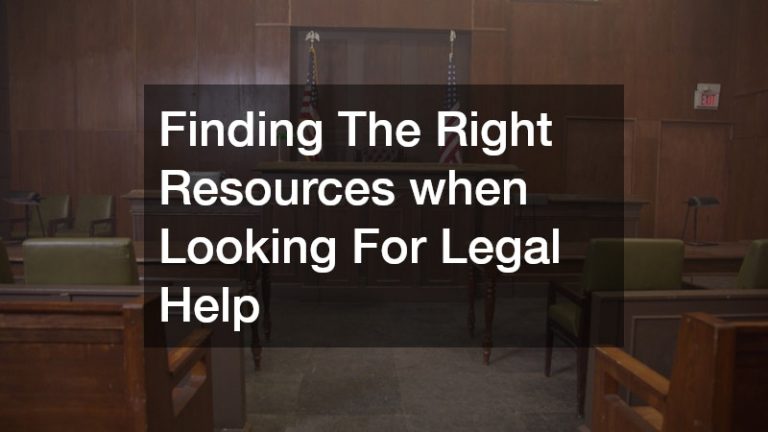- Crafting a legal strategy is essential for successful dispute resolution, as it identifies the strengths and weaknesses of the case.
- Identify relevant parties and legal issues to ensure an informed strategy and comprehensive assessment.
- Pinpoint the intended recipient and other involved parties, prepare legal documents, and gather evidence to build your case.
- Serve legal documents through a reliable process service to ensure compliance with legal requirements and document notification for use.
- Handle challenges quickly to keep the process moving, adapting strategy with unexpected occurrences if needed.
A lawsuit is a complex process, and developing a legal strategy is a crucial part of it. Drafting a legal strategy requires identifying the relevant parties and legal issues, conducting a comprehensive case assessment, and preparing the necessary legal documents.
Crafting a legal strategy is important because it enables you to determine the best approach for resolving a dispute. By developing a legal strategy, you can identify the strengths and weaknesses of your case, anticipate the arguments that the opposing party may present, and plan for any potential outcomes.
A well-crafted legal strategy can help you achieve your objectives, whether to win the case, negotiate a settlement, or minimize the possible damages.
This blog post will discuss the steps in developing a legal strategy to help you achieve your objectives in a lawsuit.
Identifying Parties and Legal Issues
The first step in crafting a legal strategy is identifying the relevant parties and legal issues. You must determine who the parties are in the dispute and what their legal interests are. Understanding the legal issues at play is also crucial. This requires:
Conducting a Comprehensive Assessment of the Case
After identifying the parties and legal issues, the next step is conducting a comprehensive case assessment. This involves analyzing the strengths and weaknesses of your case, identifying potential evidence and witnesses, and anticipating the arguments that the opposing party may present.
A comprehensive assessment can help you identify the risks and opportunities associated with your case and help you plan your legal strategy accordingly.
Identifying the Intended Recipient and Other Involved Parties
In crafting your legal strategy, it’s also essential to identify the intended recipient and other involved parties, which implies determining who your communication strategy should target, who may be affected by the lawsuit or litigation, and who may be able to influence the outcome of the case.
By identifying the intended recipient and other involved parties early on, you can develop a communication strategy that addresses their needs and concerns.
Preparing the Legal Documents

After analyzing the case and identifying the parties and legal issues, the next step is to prepare the legal documents required for the lawsuit.
This includes drafting and compiling all necessary legal documents, such as pleadings, motions, discovery requests, and responses to opposing parties’ filings. Crafting well-written legal documents that clearly state your position and arguments can help you present a strong court case.
Gathering Evidence and Information
You must gather evidence and information supporting your case as part of your legal strategy. This can include conducting interviews with witnesses and collecting documents, photographs, and other materials that support your arguments.
A well-prepared evidentiary record can help you to present a strong case and increase your chances of success.
Notification and Serving Legal Documents
The importance of paperwork cannot be overstated when you’re in the legal realm. Notifications and legal documents are essential elements that can make or break a case.
Notification provides relevant information to an individual or organization, while legal documents are the written evidence used in court.
Utilizing a Reliable Process Service
Utilizing a reliable process service agency streamlines the legal process, enhances the chances of successful service, and ensures compliance with legal requirements, providing valuable support to those seeking justice through the legal system.
Complying with Legal Requirements
Compliance with legal requirements is essential when serving legal documents. Documentation must meet specific legal requirements and be presented in the prescribed format.
Failure to comply with legal requirements can lead to cases being thrown out of court or dismissed. It’s also essential to verify the authenticity of the information provided.
Documenting Notification and Service
When serving legal documents, it’s essential to document the entire process. This documentation includes information about individuals being served and the time and date of service.
This documentation can be utilized as evidence in court, so it’s crucial to keep the records safe and accessible.
Handling Challenges and Non-Compliance

Challenges and non-compliance can arise when serving legal documents. This situation is common, and addressing them quickly is essential. In some cases, challenges can be addressed through negotiations, while in others, it may be necessary to take further legal action.
Whatever the situation, it’s essential to have an excellent legal strategy that can adapt to unexpected occurrences.
Crafting a legal strategy is a crucial part of developing a lawsuit.
By identifying the relevant parties and legal issues, conducting a comprehensive assessment of the case, identifying the intended recipient and other involved parties, preparing the necessary legal documents, and gathering evidence and information, you can develop a legal strategy that’s tailored to your objectives and maximizes your chances of success.







